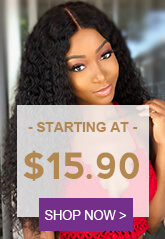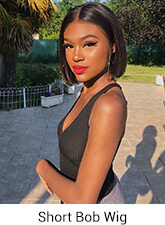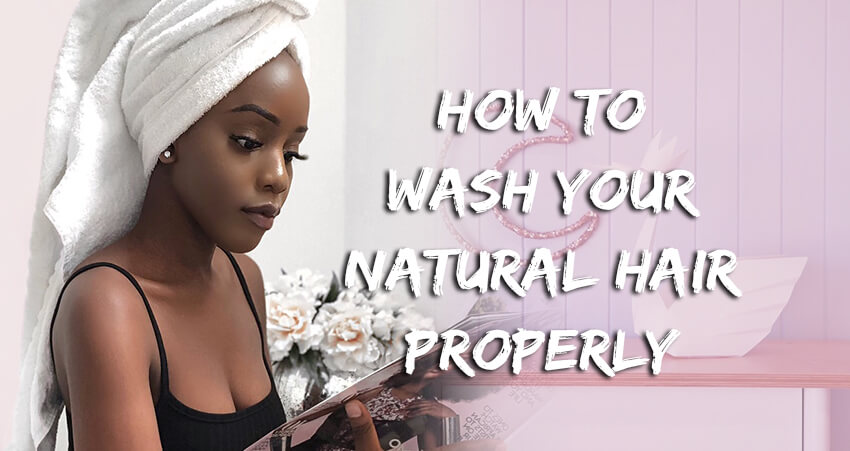
How To Wash Your Natural Hair Properly?
As a black woman, we care a lot about hair extensions. We would like to spend our hard earn money on the best quality Brazilian hair, Peruvian hair or luxurious human hair wigs. However, have you ever notice that sometimes you don't pay enough attention to your natural hair? Do you know how to wash your hair properly?
Of course! Natural hair needs your care especially if you have 4b or 4c natural hair. The very first thing is washing your hair properly, which will enable a healthy scalp for hair growth. In this post, I would like to share the proper routine of washing your natural hair.
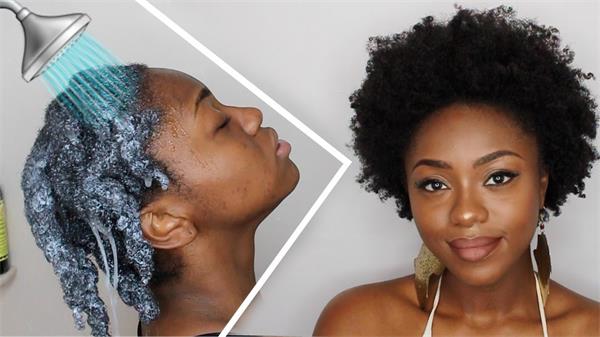
1. Pre-poo
Pre-poo shampoo is short of a pre-shampoo treatment. It's basically similar to a hot oil treatment, but you apply it before shampooing. It is used as an extra step in natural hair care regimens to provide a shield against shampoos tendency to strip your hair of its natural oils and moisture.
Due to the harsh surfactants of using shampoos to dissolve the oil on our hair, it can really strip our own hair of its natural oils and moisture. The pre-poo actually acts as a shield to protect our hair from that. Pre-poo treatments usually consist of water-based conditioners oils or DIY blends that are applied to your hair before washing.
You can argue that pre-poos are not necessary but there are so many benefits that you can reap from doing this extra step. such as hydration and moisture retention, less breakage and shedding, and it even reduces the ph of your shampoo. So your hair won't feel stripped after it's clean, not to mention detangling is a breeze.
What you use as a pre-poo is totally up to you, but try to choose something according to what your hair needs in order to get the most out of your pre-poo. My hair lacks moisture, especially during the warmer months. So I enjoy using oils aloe vera gel and other hydrating natural ingredients. My current favorites are grapeseed oil, coconut oil, Jamaican black castor oil, black seed castor oil, red pimento oil, and my very own DIY aloe vera treatment.
To save your time, you can also easily find pre-shampoo treatments at your local beauty store.
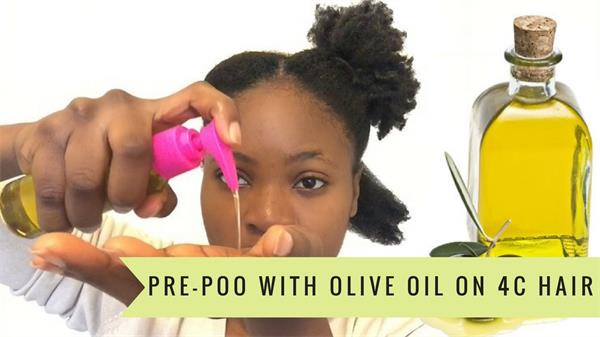
Detangling
Detangle your hair properly can reduce breakage and grow your hair as long as possible!
The first thing to do is thoroughly wet your hair. When your hair is wet, bonds naturally break within your hair and this actually makes your hair more flexible to comb, but also more prone to being damaged or broken off because it is now any more vulnerable state. This is why you must be extremely gentle whenever you're detangling wet hair. But the benefit to detangling wet hair is that it's softer, more flexible, and easier to manage, so you end up getting less breakage and in the long run... which means longer hair!
The next thing that you should do is section your hair. Use clips to section the hair. First, section your hair in half, and then section the remaining half in half. Keep doing this until you get a very small section that is easy to work with. If you have tightly curly hair or hair that is more prone to tangles, this allows you to focus on each section better which also helps to reduce breakage. After getting a small section, apply some conditioner to your hair and then start finger detangling from the very ends of your hair, and work the way up to the roots.
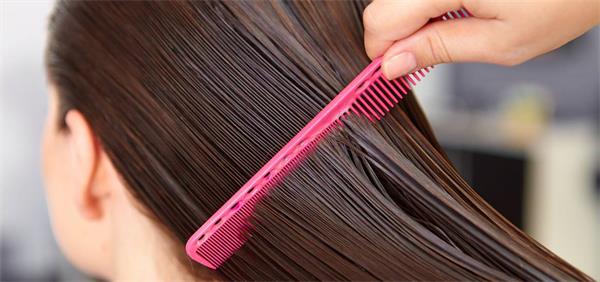
Finger vs comb
I know that a lot of people don't really like finger detangling because it takes a lot of time. However, the one time that you want to be super patient with your hair is during the detangling process because as I mentioned earlier, your hair is in a weakened state when wet. So when you finger detangle, you're actually feeling for the tangles as opposed to possibly ripping through them. With a comb or a Denman, you may not even know the tangles are there.
After you're done finger detangling and apply some more conditioner, take your Denman brush and start from the very ends just to get those smaller tangles out and to get any shed hair out. Once my Denman is easily able to glide through my hair without any resistance, twist your hair up before moving on to the next section because this just prevents your hair from tangling up while you detangle the other hair.
Remember finger detangling first, and using the Denman second.
The technique that you use to detangle your hair is very important. But also the quality of your conditioner is just as important. As you guys see, I keep wetting my hair because conditioners work best on dripping wet hair. Don't allow your hair to start drying up while you're detangling because then it will be a lot more difficult to detangle your hair and to comb through it
2. Cleansing
Shampooing
Next, you are going to go ahead and move on to shampooing.
First, drench your hair so it's completely saturated with water. Next, take your shampoo and apply it to your hair. Focus it on your roots making sure your scalp is squeaky clean. It is always a good idea to gently massage your scalp while shampooing. Once I've worked that in really good, smooth the such throughout the rest of your hair and then rinse it all out.
Besides, it is recommended to use a sulfate-free shampoo, which is enough to clean your hair.
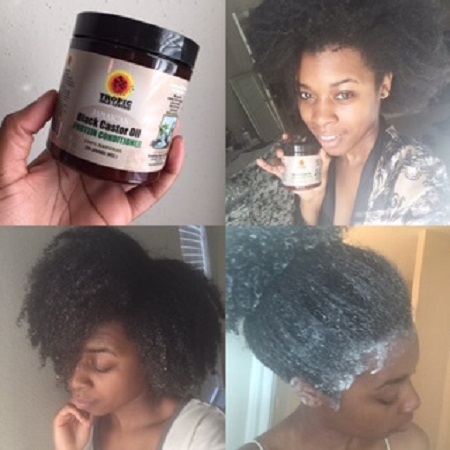
Co-washing
If you don't know what co-washing is, it's essentially like a conditioner based wash. so hence the co-wash it's when you use either a produced co-wash one that you can buy off the market that's labeled as co-wash or you just use your conditioner as your co-wash. If you're not the person that likes to use a gentle sulfate free shampoo or just a shampoo that does have sulfates a lot of people tend to just co-wash their hair and use conditioning cleansers.
One of the important thing that you need to know about co-washing is whenever you do decide to co-wash your hair, make sure before you start applying the co-wash to your hair, that you just rinse your hair off with warm water. Just let warm water rinse all through your hair. Try to get off that initial layer of the product because warmth will help that lift up the product from your hair and they'll help soften whatever product on your scalp.
Now, make sure the water is not too hot. If you can't handle it on the back of your hand, then don't put it on your hair. That's kind of my tip when it comes to hot water and hair. Make sure that you at least rinse your hair off with warm water for at least 1 to 2 minutes before applying the co-wash to your hair and it will definitely help in terms of how clarifying the co-wash will be on your scalp and all over your hair.
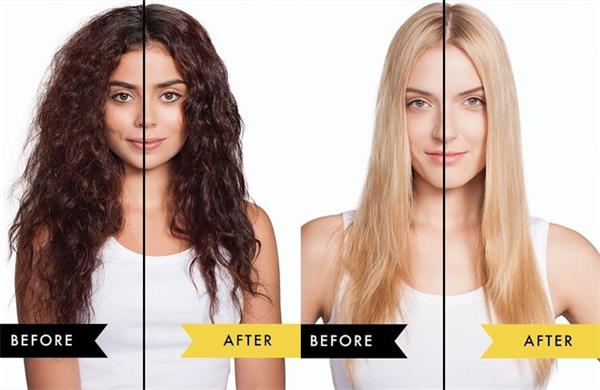
3. Deep Conditioning
The purpose of deep conditioning treatment is to add much need moisture to dehydrated hair. Adding moisture helps promote softer, shinier, and stronger hair that looks and feels healthier. Deep conditioning treatment should always contain nourishing ingredients to help you treat and prevent breakage, brittle ends, knots and overall rescue unmanageable hair from root to tip for stronger looking hair.
How often should you take conditioned
That’s a good question. In fact, there is no way that I can say you should deep condition every week or every two weeks because everyone's hair is different. So I wouldn't suggest going off the time frame. If your hair feels like it needs some extra moisture, if it's feeling dry, if it's feeling like it's matted, if it's feeling like it's not being cooperative at the moment, that is when you would deep condition. There is no right or wrong there is no exact time frame just go off of how your hair feels how it looks and what you think it needs.
When it comes to conditioner, there are many different products to choose in the market. You can buy a conditioner containing ingredients that are good for your hair’s needs. Do your search before going for a conditioner.
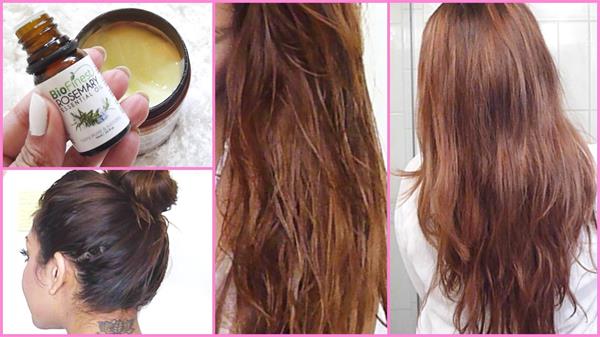
4. Drying
Here comes the final step of washing your hair. That’s drying. It seems a small step, but you can never underestimate of the importance of drying your hair properly. Without doing it properly, you may damage your fresh hair.
Usually, there are 3 types of drying: air dry, blow-dry, and towel dry.
Air Dry
Air dry takes your patience. However, this is the best and healthy way to get your hair dry, which protects your hair from any heat damage to the utmost extent.
Blow Dry
Yes, everyone loves the quick and instant result. Actually, drying your hair with a hairdryer is not as bad as you think. Make sure applying the heat protectant and the testing the temperature is not too hot with your hand.
Towel Dry
Using a towel to drain the excess water is a thing that we often do. But have you ever realize that the material of the towel matters. Some rough materials will increase the friction between the towel and your hair, which will lead to the hair breakage. If it is possible, please use your old T-shirt instead.
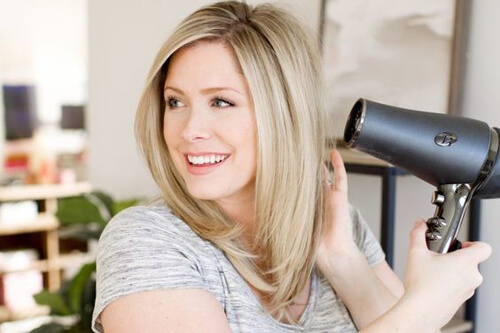
You'll get what you do
Although it takes your time to go through every step of the routine, it is amazing to find your natural hair get healthier and shinier in the long run. Let’s do it in your next wash day! JC Hair Factory is one of the best wholesale hair extensions suppliers in China for more than 15 years. We always offer best quality wholesale hair extensions to worldwide markets at real factory prices. If you have any comments, please leave your comments on the blog. Our hair expert would reply your comments at available time.


